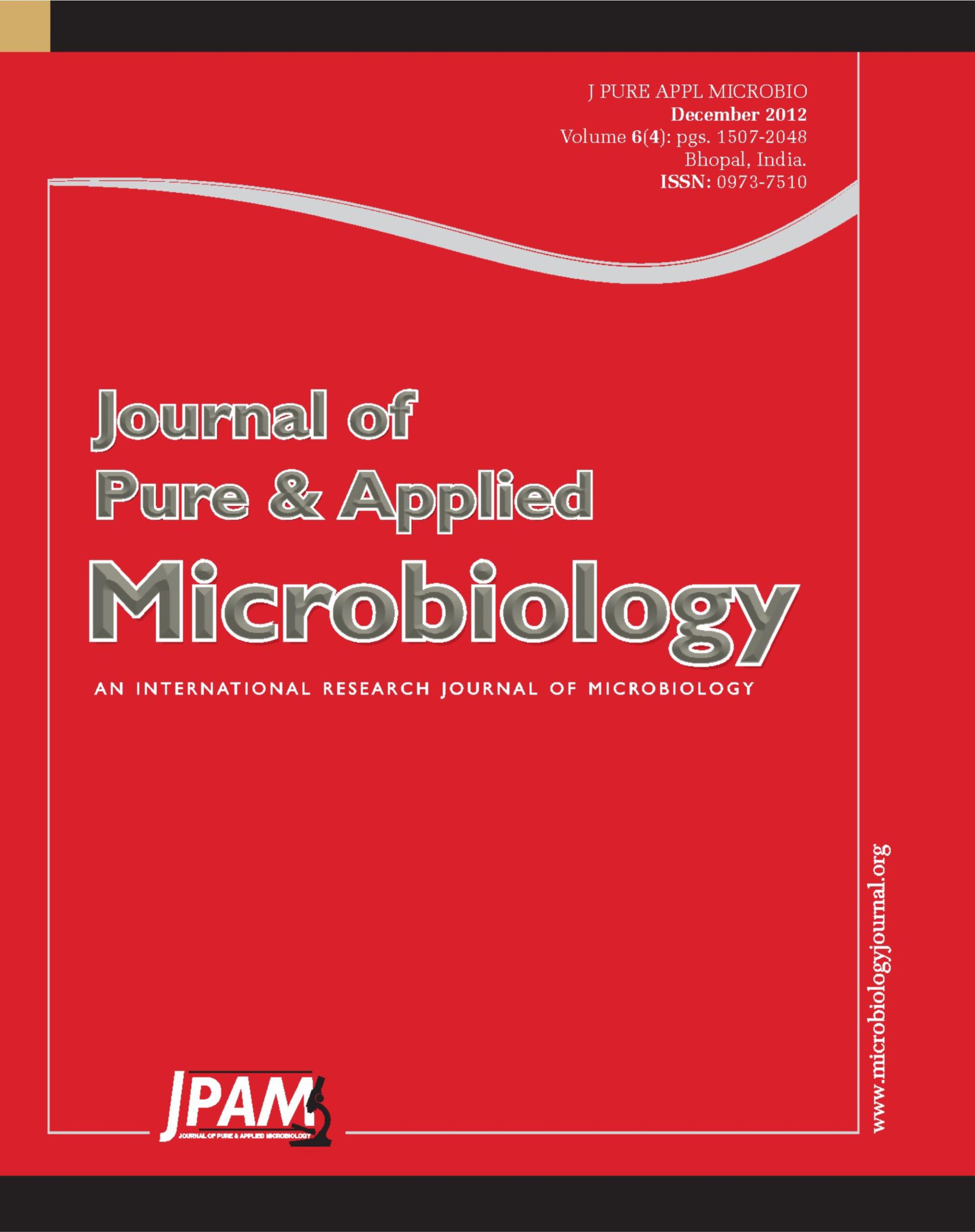Agaricus bisporus, commonly known as the button mushroom, is the most widely cultivated species of edible fungi. Many polymorphic molecular markers have been exploited for strain identification in wild and commercial strains of this mushroom. The aim of this study was to develop hybrid strains using random amplified polymorphic DNA (RAPD) markers. For this purpose A. bisporus germplasm consisting of nineteen Agaricus bisporus parental strains (P-1, U-3, S-11, CM-1 to CM-16) were screened for yield, quality and morphological parameters. Out of these, ten parental strains were selected (P-1, U-3, S-11, CM-5, CM-7, CM-8, CM-10, CM-13, CM-14 and CM-16) which were found to be better than others. They were further analyzed for degree of divergence among them through RAPD analysis. They were found to possess similarity coefficient ranging between 0.73 to 0.98. These ten strains were used for spore collection. From spores germinated on Lambert’s medium more than 500 single spore isolates (SSI’s) were isolated. These SSI’s were put to fruiting test out of which only 22 SSI’s did not show fruiting and were selected for intra-crossing for development of hybrid. Out of 17 crosses made only 5 showed compatibility between monokaryons i.e. resulted in hybrid development. Five A. bisporus parental strains , their ten single spore isolates (SSIs) and five hybrid strains so obtained were further assessed for their similarity using 10 single 10bp primers, producing 252 scorable and 81 polymorphic bands. UPGMA clustering analysis showed three major phylogenetic clusters. First and second cluster comprised of 8 strains showing intra-cluster variation, third cluster had four genetically distinguishable strains. Germplasm strains mostly had strandy/dense colonies on Potato Dextrose Agar and the strains differ significantly in mycelium growth rate. However, these environmentally variable morphological traits could not be utilized as sole criteria for establishing strainal identities. Hence, the RAPD profile generated in this study along with morpho-physiological description could be used as a reference for identification of A. bisporus strains.
Agaricus bisporus, Genetic diversity, RAPD analysis, Molecular marker
© The Author(s) 2012. Open Access. This article is distributed under the terms of the Creative Commons Attribution 4.0 International License which permits unrestricted use, sharing, distribution, and reproduction in any medium, provided you give appropriate credit to the original author(s) and the source, provide a link to the Creative Commons license, and indicate if changes were made.


